What are your plans for next year's gardening season?
Ontario_Canada5a_USDA4b
last year
Featured Answer
Sort by:Oldest
Comments (46)
ken_adrian Adrian MI cold Z5
last yearBillMN-z-2-3-4
last yearRelated Professionals
Maple Valley Landscape Architects & Landscape Designers · 70037 Landscape Architects & Landscape Designers · Marco Island Landscape Architects & Landscape Designers · Rancho Cordova Landscape Architects & Landscape Designers · Burlington Landscape Contractors · Norwood Landscape Contractors · Wakefield Landscape Contractors · Alpharetta Landscape Contractors · Fort Myers Landscape Contractors · Golden Landscape Contractors · Melrose Park Landscape Contractors · Pomona Landscape Contractors · Ronkonkoma Landscape Contractors · Shirley Landscape Contractors · West Haverstraw Landscape ContractorsOntario_Canada5a_USDA4b
last yearOntario_Canada5a_USDA4b
last yearmaackia
last yearOntario_Canada5a_USDA4b
last yearBillMN-z-2-3-4
last yearlast modified: last yearOntario_Canada5a_USDA4b
last yearBillMN-z-2-3-4
last yearOntario_Canada5a_USDA4b
last yearBillMN-z-2-3-4
last yearBillMN-z-2-3-4
7 months agoKW PNW Z8
7 months agoBillMN-z-2-3-4
7 months agoOntario_Canada5a_USDA4b
7 months agoBillMN-z-2-3-4
7 months agolast modified: 7 months agoKW PNW Z8
7 months agoOntario_Canada5a_USDA4b
7 months agoBillMN-z-2-3-4
7 months agoBillMN-z-2-3-4
7 months agoOntario_Canada5a_USDA4b
6 months agoBillMN-z-2-3-4
6 months agomaackia
6 months agoOntario_Canada5a_USDA4b
6 months agolast modified: 6 months agoBillMN-z-2-3-4
6 months agolast modified: 6 months agoBillMN-z-2-3-4
6 months agoOntario_Canada5a_USDA4b
6 months agoBillMN-z-2-3-4
6 months agoOntario_Canada5a_USDA4b
6 months agoBillMN-z-2-3-4
6 months agolast modified: 6 months agoOntario_Canada5a_USDA4b
6 months agolast modified: 6 months agoBillMN-z-2-3-4
6 months agoOntario_Canada5a_USDA4b
6 months agolast modified: 6 months agoBillMN-z-2-3-4
6 months agoOntario_Canada5a_USDA4b
6 months agoBillMN-z-2-3-4
6 months agoOntario_Canada5a_USDA4b
6 months agoBillMN-z-2-3-4
6 months agoOntario_Canada5a_USDA4b
6 months agoBillMN-z-2-3-4
6 months agoOntario_Canada5a_USDA4b
6 months agoBillMN-z-2-3-4
6 months agolast modified: 6 months agoOntario_Canada5a_USDA4b
5 months agoBillMN-z-2-3-4
5 months agolast modified: 5 months ago
Related Stories
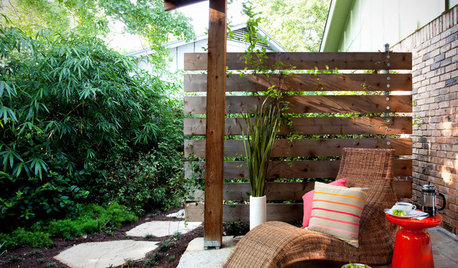
LANDSCAPE DESIGNThe Best Winter Garden Project? Plan for Next Year
Consider these 9 ideas now for a highly personal, truly enjoyable garden come spring
Full Story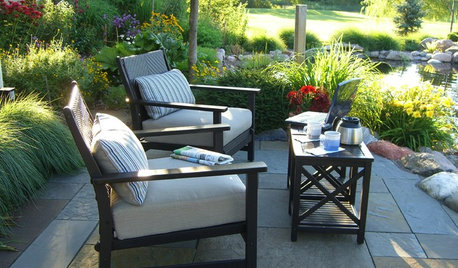
SPRING GARDENINGA Wisconsin Garden Designed for All Seasons
Thanks to careful planning, this lovely landscape has year-round interest
Full Story
MOST POPULARHow to Start a Cool-Season Vegetable Garden
Late summer and late winter are good times to plan and plant cool-season crops like salad greens, spinach, beets, carrots and peas
Full Story
GARDENING GUIDESGet a Head Start on Planning Your Garden Even if It’s Snowing
Reviewing what you grew last year now will pay off when it’s time to head outside
Full Story
GARDENING GUIDESWhat Are Your Spring Gardening Plans?
Tearing out the lawn? Planting edibles? Starting from scratch? Tell us what you plan to change in your garden this year
Full Story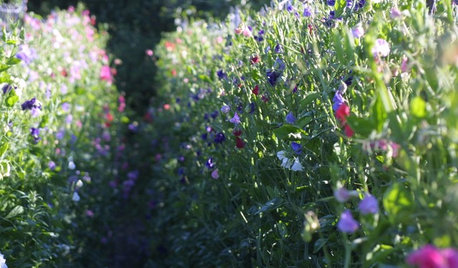
GARDENING 101How to Start a Cut Flower Garden for Beautiful Bouquets All Year
Flower farmer Erin Benzakein shows us how to grow fresh seasonal flowers the most satisfying way: by seed
Full Story
NATIVE PLANTS5 Ways to Keep Your Native Plant Garden Looking Good All Year
It’s all about planning ahead, using sustainable practices and accepting plants as living organisms
Full Story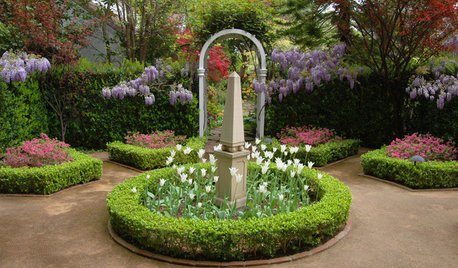
LANDSCAPE DESIGN9 Garden Structures Offer Year-Round Interest
Add four-season appeal to beds and give vines a place to climb with one of these pretty garden elements
Full Story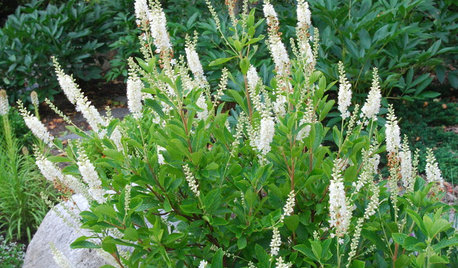
GARDENING GUIDESGreat Design Plant: Coastal Sweet Pepperbush Perfumes Gardens All Year
Bottlebrush blooms, gorgeous fall color and delightful fragrance give this U.S. native shrub 4-season appeal
Full Story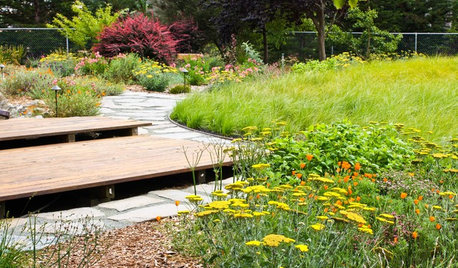
GARDENING GUIDES8 New Ways to Garden This Year
A successful garden means knowing the plants, the wildlife and yourself
Full Story





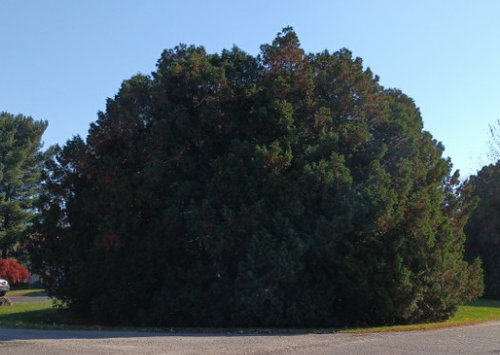
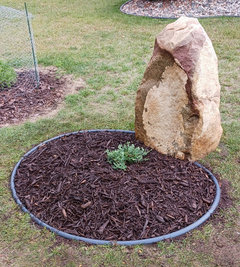
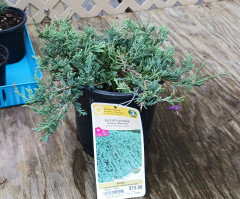
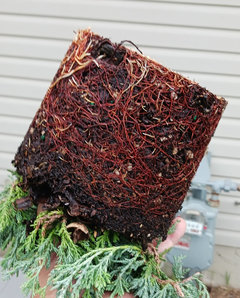
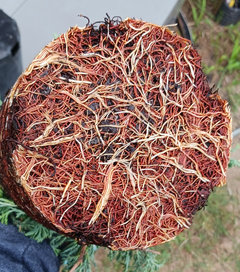
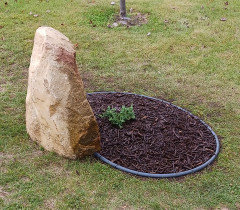
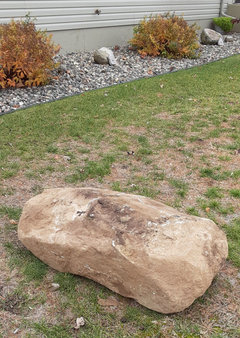
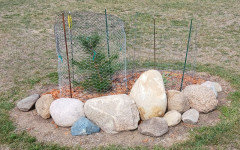
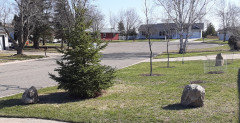
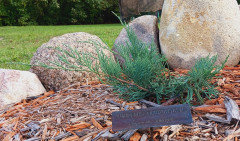
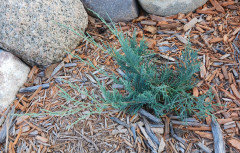
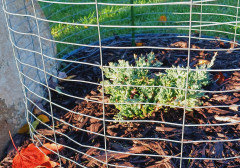





Ontario_Canada5a_USDA4bOriginal Author